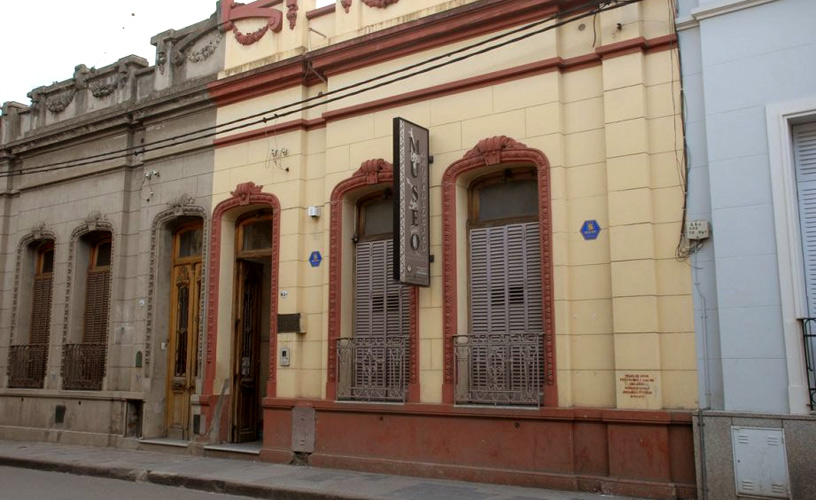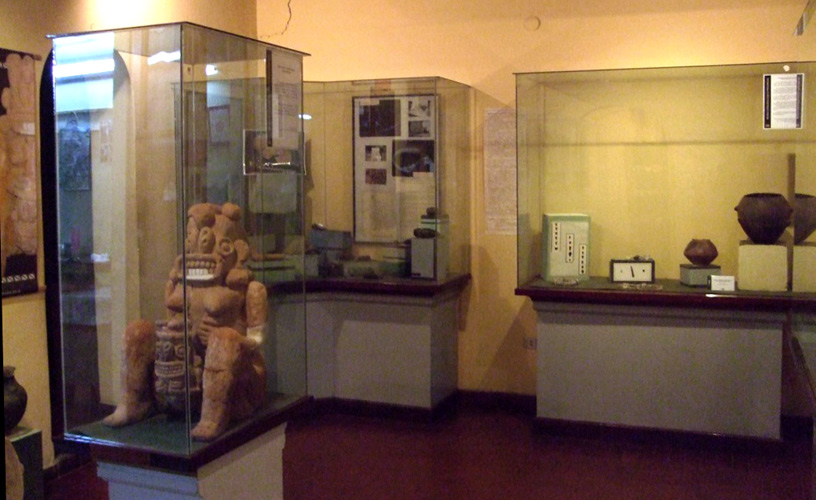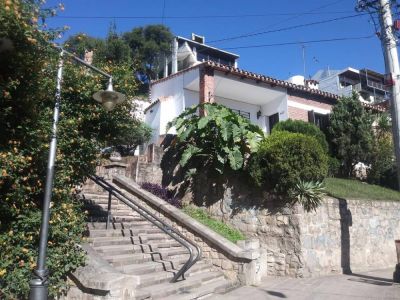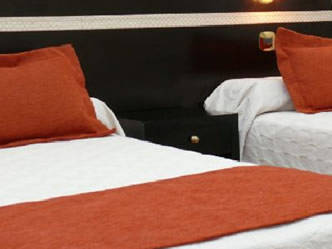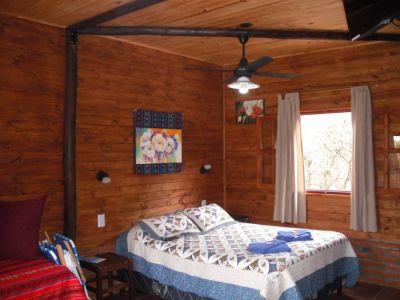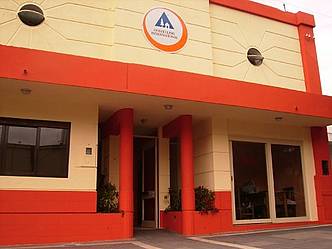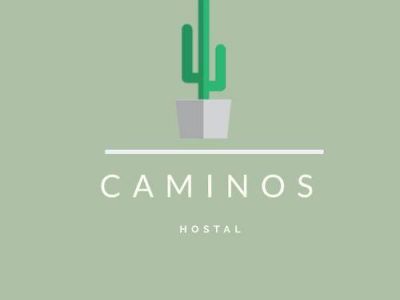Ever since April 19, 1994, the Provincial Archeological Museum at San Salvador de Jujuy has displayed a great number of archeological objects used by ancient tribes in its five rooms. There is no doubt that this is one of the richest heritages in the Jujuy region.
The museum is located at 434, Lavalle Street. It is open everyday from 9am to 12pm and from 3pm to 9pm. It was founded with the aim of gathering and receiving all the findings in the area.
The main purpose of the museum consists in preserving material and spreading information about the Pre-Hispanic cultures that dwelled in the Province of Jujuy, such as the Casabindo and the Yavi (in the Jujuy puna), the Omaguacas (in the Ravine) and the San Francisco (in the valleys and the yungas).
Provincial Archeological Museum in Jujuy
Likewise, the venue has a library, a work department and a conference room where various events take place.
During the tour, visitors may observe primitive ceramic and rock pieces found in San Pedro, Santa Catalina and Yavi. Besides, metallurgical objects obtained at the Cities of Tilcara and Humahuaca are on display. There is a spectacular diorama representing the way humans lived 9,000 years ago, when settlements were still unusual.
Though not recommendable for easily impressed people, it is interesting to have a careful look at the dried bodies and skulls. Each of these elements narrates the history of the local individuals. There are also mummies and grave goods with beautifully painted urns corresponding to the ancient Omaguaca, San Francisco, Yavi and Casabindo cultures.
Moreover, lithic collections of arrow points and ceramics dating back from 2,600 years ago (the Pre-Inca period) may also be observed, as well as wonderful vessels decorated with geometric patters made by the men who inhabited Northern Argentina ages ago.
The Rooms
Room 1 presents ceramic models, lithic collections and diverse representations of cave paintings. They correspond to human groups who developed agricultural practices and predatory economy. Visitors to this room may observe ceramic pieces representing the primitive life of the natives who, organized in groups, would reside in natural caves or on eaves and would live on hunting and fruit gathering.
On the other hand, Room 2 displays the remains of the most ancient culture in Jujuy (dating back from 1,400 to 800 B.C.). It used to live in the yungas and it is referred to as the San Francisco culture. Visitors may also appreciate a figure made of clay representing the Goddess of Fertility and several objects made of oxidizing ceramics.
Room 3 shows the exchange with the Tiahuanacotas colonies settled in the area of San Pedro de Atacama (Chile). Visitors may also observe several individuals who were naturally dried out. Also, semi mummified subjects dressing funerary clothes. A collection of skulls with various deformations coming from Keta Kara, in Humahuaca, are also on display.
Besides, this room also exhibits the body of a two-year-old who lived over 1,000 years ago. The semi-mummified hunter-gatherer is recreated in the corridor, surrounded by labor elements such as bags, beakers, arrows, bow and stick holders.
Once at Room 4, beautiful vessels made by the Omaguaca culture painted in red and black with vertical and rhombus geometrical patters may be observed.
Lastly, Room 5 gives evidence of the Inca period. The insertion of this culture was based in the use of territory. Samples of items woven with animal and vegetable fiber from Agua Caliente de Rachaite, in Cochinoca, as well as pieces of woven garments (ponchos) and rope, with possible Inca influence, may be appreciated here.
Pablo Etchevers
Secretaría de Turismo de Jujuy
School visits available.
